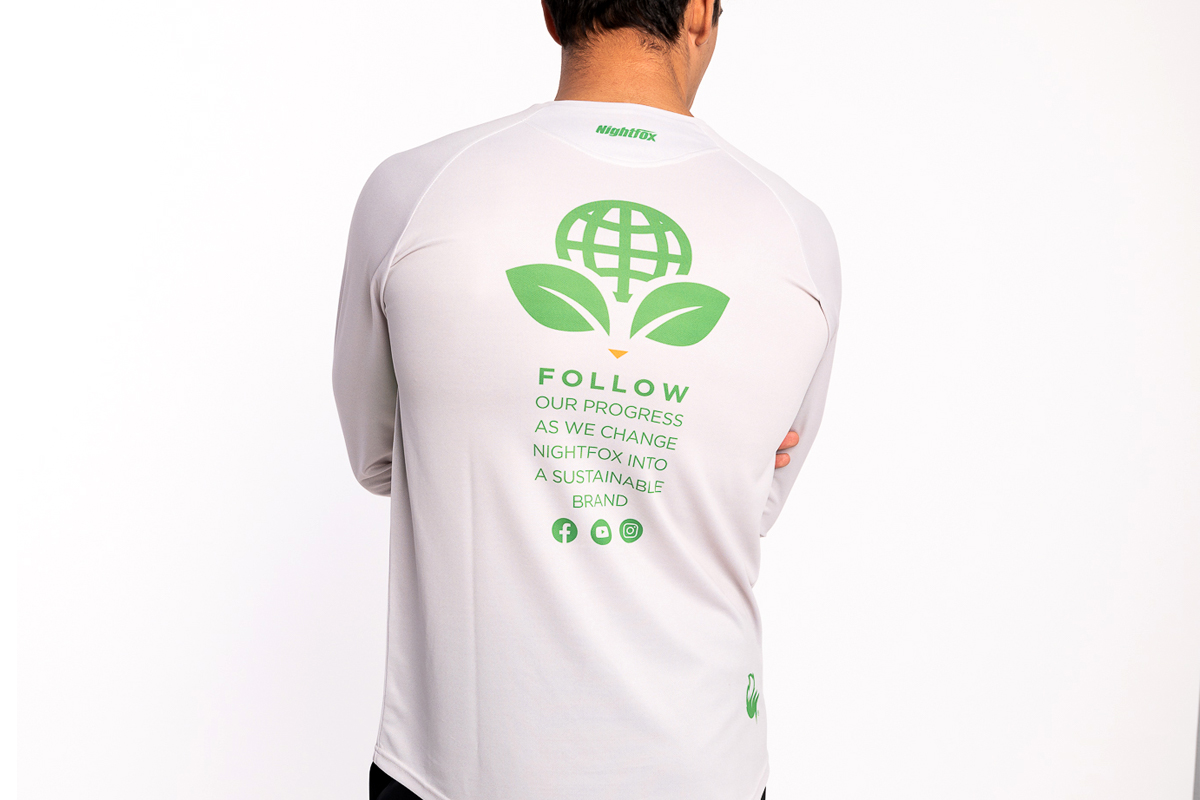Sourcing sustainable materials without compromising on quality is key for us!
Recycled polyester is one of the most effective ways to use previously acquired materials, hence decreasing the burden on our planet’s resources. Who would have guessed that plastic bottles might supply the ideal threads for our jerseys? But what exactly is recycled polyester, and how does it benefit the environment? Allow us to clarify.
To begin, it is critical to understand that polyester is a man-made synthetic substance constructed of a popular form of plastic known as polyethylene terephthalate, or simply ‘PET.’ Strong but lightweight, we come into contact with it multiple times throughout the course of a typical day, from bottled soft drinks to hand soap dispensers to food packaging, and so on.
When PET is melted and spun into yarn, it is transformed from a clear, smooth, and glossy plastic into a soft, flexible, and water-repellent fiber that is most usually associated with sportswear. To make fresh or virgin polyester from scratch, a reaction involving air, water, and petroleum, a non-renewable feedstock, is required.
How does polyester become recycled?
Recycled polyester, or rPET, is produced mechanically or chemically by collecting PET, typically in the form of used plastic bottles, and sorting, washing, and breaking the material down before spinning it into yarn that can be adapted to include performance technologies such as moisture-wicking and temperature regulation.
Plastic bottles are cleaned, broken into flakes, sorted by color, and then melted down into chips in mechanical recycling. These are then extruded and texturized before being transformed into fibers.
Chemical recycling accomplishes exactly what it says on the tin: the PET is cleaned and broken down using a succession of chemicals before yarn is spun from the resultant material.


Get Social